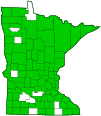ants
(family Formicidae)
Overview • Description • Distribution • Taxonomy
Description |
||
Adults are 1 ⁄32″ to 1″ in length. The second abdominal segment, sometimes the first two segments, forms a distinctive node or hump called the petiole. The antennae are elbowed, with a very long basal segment (scape), and the remaining segments held at a sharp, elbow-like angle to the scape. Queens and males are usually winged, workers are always wingless. |
||
Distribution |
||||
|
Sources |
|||
| 7/4/2022 | ||||
Taxonomy |
|||
Order |
Hymenoptera (Ants, Bees, Wasps, and Sawflies) |
||
Suborder |
Apocrita (Narrow-waisted Wasps, Ants, and Bees) |
||
No Rank |
Aculeata (Ants, Bees, and Stinging Wasps) |
||
Superfamily |
Formicoidea |
||
Subordinate Taxa |
|||
Subfamily Dolichoderinae Subfamily Ectatomminae Subfamily Formicinae Subfamily Myrmicinae Subfamily Ponerinae |
|||
Synonyms |
|||
|
|||
Common Names |
|||
ants |
|||
Visitor Photos |
|||||
Share your photo of this insect. |
|||||
| This button not working for you? Simply email us at info@MinnesotaSeasons.com. Attach one or more photos and, if you like, a caption. |
|||||
Alfredo Colon |
|||||
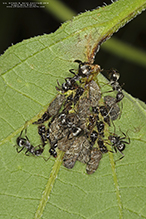 |
|||||
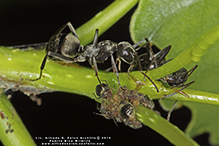 |
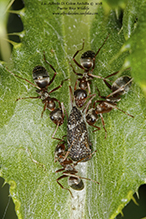 |
||||
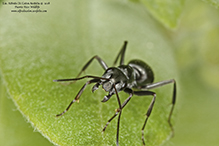 |
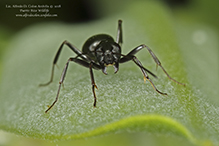 |
||||
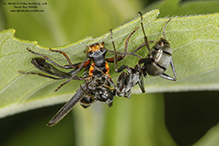 |
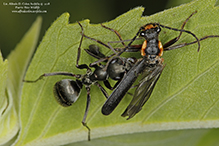 |
||||
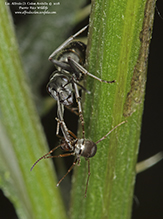 |
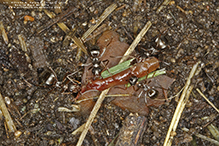 |
||||
Mike Poeppe |
|||||
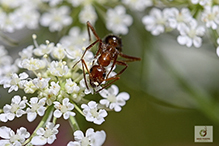 |
|||||
MinnesotaSeasons.com Photos |
|||||
|
|||||

Slideshows |
||

Visitor Videos |
|||
Share your video of this insect. |
|||
| This button not working for you? Simply email us at info@MinnesotaSeasons.com. Attach a video, a YouTube link, or a cloud storage link. |
|||
Other Videos |
|||
| Ants - Formicidae - YouTube JCvdude |
|||
About
Mar 16, 2012 Ants are social insects of the family Formicidae and, along with the related wasps and bees, belong to the order Hymenoptera. Ants evolved from wasp-like ancestors in the mid-Cretaceous period between 110 and 130 million years ago and diversified after the rise of flowering plants. More than 12,500 out of an estimated total of 22,000 species have been classified. Ant societies have division of labour, communication between individuals, and an ability to solve complex problems. music by Zeropage - 02 - Ambient India |
|||
| Mound-building Ants (Formicidae) Carl Barrentine |
|||
About
Apr 18, 2010 This large ant nest or mound appears to consist entirely of soil. Photographed at the Rydell NWR, Minnesota (17 April 2010). |
|||

Visitor Sightings |
|||||
Report a sighting of this insect. |
|||||
| This button not working for you? Simply email us at info@MinnesotaSeasons.com. Be sure to include a location. |
|||||
| A/C Christian
Church of
Minneapolis 7/22/2023 |
Location: Westwood Hills Nature Center At the Westwood Hills Nature Center, we saw some life on July 22 this year. This was all found by the A/C Christian Church of Minneapolis. |
||||
| Mike Poeppe 7/28/2022 |
Location: Just west of Houston, MN |
 |
|||
| Alfredo Colon 8/21/2019 |
Location: Woodbury, Minnesota |
 |
|||
| Alfredo Colon 8/20/2019 |
Location: Woodbury, Minnesota |
 |
|||
| Alfredo Colon 7/9/2018 |
Location: Woodbury, Minnesota |
 |
|||
MinnesotaSeasons.com Sightings |
|||||
|
|||||

Created: 1/5/2019
Last Updated:
